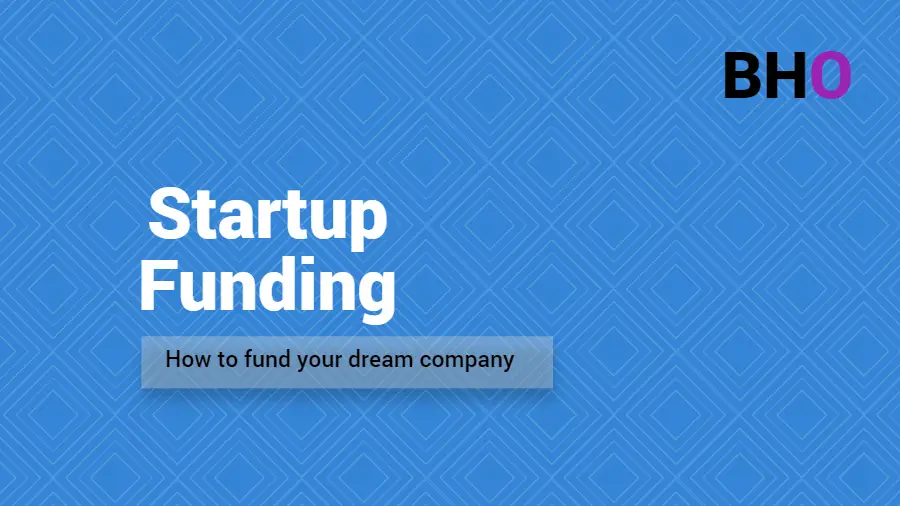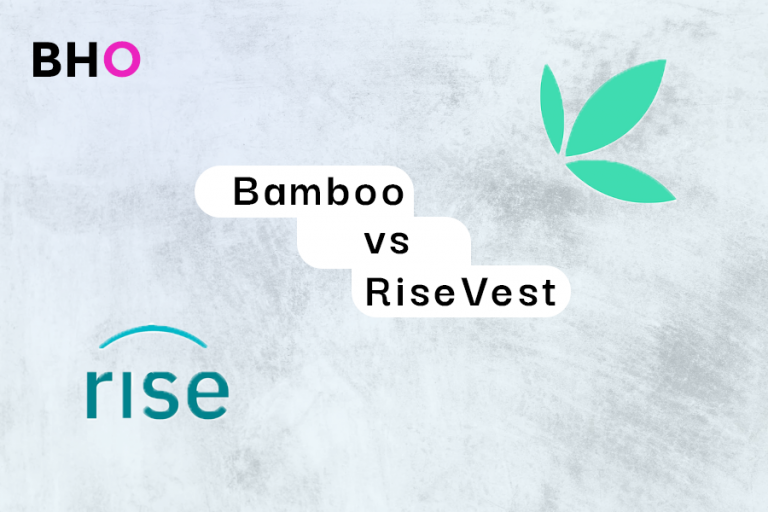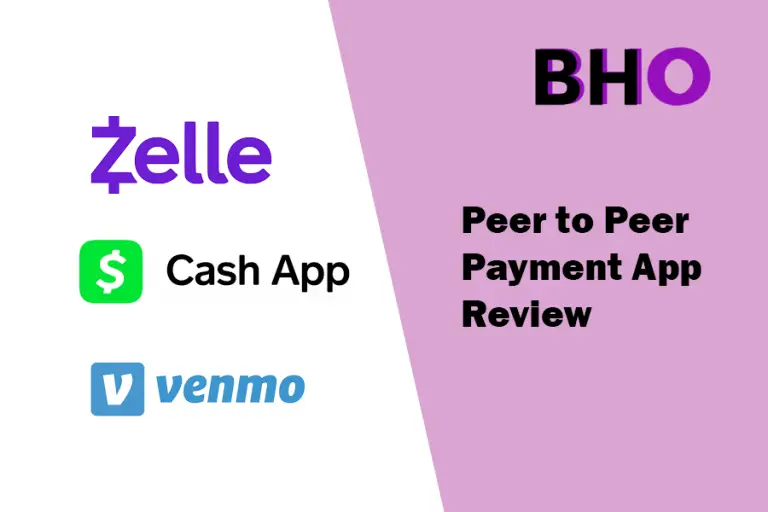5 Key Ways of Funding Your Startup
Funding is key for businesses of all shapes and sizes. According to CB Insights, lack of proper funding is the leading cause of startup failures responsible for 38% of failures. Without appropriate funding, a startup is likely to fail regardless of how good its product or business model is. Thus, knowing the ways of funding your startup and implementing the right one is key to your success.
Not only is securing funding a critical and early step for many entrepreneurs but the method of financing can have a significant impact on the structure and operation of the business. Broadly, there are two types of funding: equity financing and debt financing.
.Equity financing involves the exchange of the shares of a company for capital, while debt involves borrowing money and repaying with interest. Both types of financing have their advantages and the appropriate type of financing is dependent on multiple factors such as your business model, cashflow requirements, and other business peculiarities.
With that said, the 5 key ways of funding your startup discussed below cut across both funding types and they are:
- Bootstrapping
- Angel Investment
- Venture Capital
- Crowdfunding
- Loans

Table of Contents
Bootstrapping
Bootstrapping is the method of starting and growing a business with minimal external funding. This approach involves using personal resources and generating income from the business itself, rather than relying on investments or large loans from financial institutions.
Bootstrapping uses personal resources, rather than seeking external investment. This can involve seeking support from family and friends, using personal savings, or tapping into retirement accounts such as a 401(k).
Related: Bootstrapping: The under-rated route to business success
Bootstrapping allows for full control and ownership of the business, it also entails taking on the full risk of the venture. It is important to carefully consider the potential consequences and to approach self-funding with caution. Before tapping into retirement accounts, it is advisable to seek the advice of both the plan administrator and a financial advisor to understand the potential fees and penalties, as well as the impact on future retirement plans.
When bootstrapping your startup it is important to apply principles such as the lean startup approach. The lean startup methodology posited by Eric Ries encourages startup founders to maintain a capital-efficient system and leverages human creativity more effectively while building their startup
Grockit was founded in 2007 to enable social learning, specifically test preparation (SAT, LSAT, etc). The company used agile development to get a product out quickly and continues to use this method in continuous deployment. On a typical day, Grockit’s online learning platform hosts 1,000 cross-national border interactions and supports users spanning 150 countries.
Case Study – Bootstrapping a startup
Angel Investors
Angel investors are affluent individuals who invest in early-stage companies in exchange for equity. They are usually passive investors but may help the startup with their own domain expertise (if applicable), contacts, and goodwill. It is not uncommon for angel investors to be serial entrepreneurs themselves who understand the challenges a new startup might face. All these make funding your startup with angel investment very attractive.
Angel investors often invest based on an assessment of the founders, market opportunity, business plan, and technology or business model.
How to find angel investors
- Your network
- Dedicated angel investor network
Venture Capital
Venture capital funding is easily the hardest to secure of all the types of funding considered in this article. Venture capital funding requires a copious amount of due diligence and agreeing to terms not minding the initial hassle of finding the right investor that is willing to place a bet on your startup or idea.
Steps in securing VC funding
- Identify Investors with interest in your sector
Venture Capital funds usually have a theme for their investing ranging from climate change to financial inclusion, to agriculture even SDGs in relation to impact investing. Whatever sector you are playing in, it will be good to identify the investors in that sector. - Prepare Business Plan and Pitch decks
Business Plan contains the exact details of how you intend to execute your business idea. It helps the investor understand the nitty-gritty of the business and make a decision on whether to invest or not. Pitch decks can be regarded as a summary of your business plan., The pitch deck usually contains 10 -15 slides and can be presented to investors in 5- 10 minutes
Business plans and Pitch decks are must-haves if you intend to secure venture capital for your business - Go through Due diligence
Another important step in securing venture capital funding is due diligence. Due diligence ensures the right person is investing in your startup, you don’t want to get in bed with investors of questionable backgrounds. The VC fund also conducts due diligence on the startup they are looking to invest in. The VC fund would not want to invest in a sham disguised as a fancy house
. - Agree on terms and sign term sheets
After all due diligence is complete, the two parties agree on terms of engagement and sign in agreement
Loans
The way to get loans for your startup is to get
- Identify your loan need at your startup.
Loan appetite differs according to the business model. It is important to take into consideration the different loan needs of your startup. The terms of loans that are favorable for the business will typically differ from business to business.
- Clearly define the business outcome that you look to achieve with the loan
Loans require interest payment and require - Research different loan platforms that are available
There are many websites offering to connect startups to different loan providers, but Finimpact is by far one of the most comprehensive archives for reviewing multiple loan platforms for your startup Finimpact strives to provide users with timely, transparent, and relevant information on the various lenders, loan aggregators, and peer-to-peer solutions in the startup loans, personal loans, and student loans space.
Check out this article by FinImpact on different types of small business loans
Crowdfunding
Related: Should I Crowdfund my Business?
Crowdfunding is a model for funding your business that involves reaching out to family, friends, and well-wishers to solicit support for your business. Crowdfunding can also be done through online platforms such as Kickstarter, Indiegogo, Crowdfunder, and Wefunder.
This form of funding tends to have a low barrier of entry next to bootstrapping depending on how it is executed.
The crowdfunding model is peculiar in that it can be equity, debt, or neither. An example of crowdfunding that is neither equity nor debt financing is pre-orders, where a new startup promises to ship its products to the participants of the campaign after production.
Is crowdfunding the right approach to funding your business? Find out more here
Conclusion
Choosing the right type of funding for your business will help your business grow in line with your business vision while you as the founder retain the required amount of control over the business.






